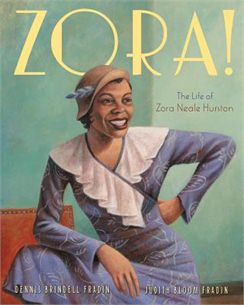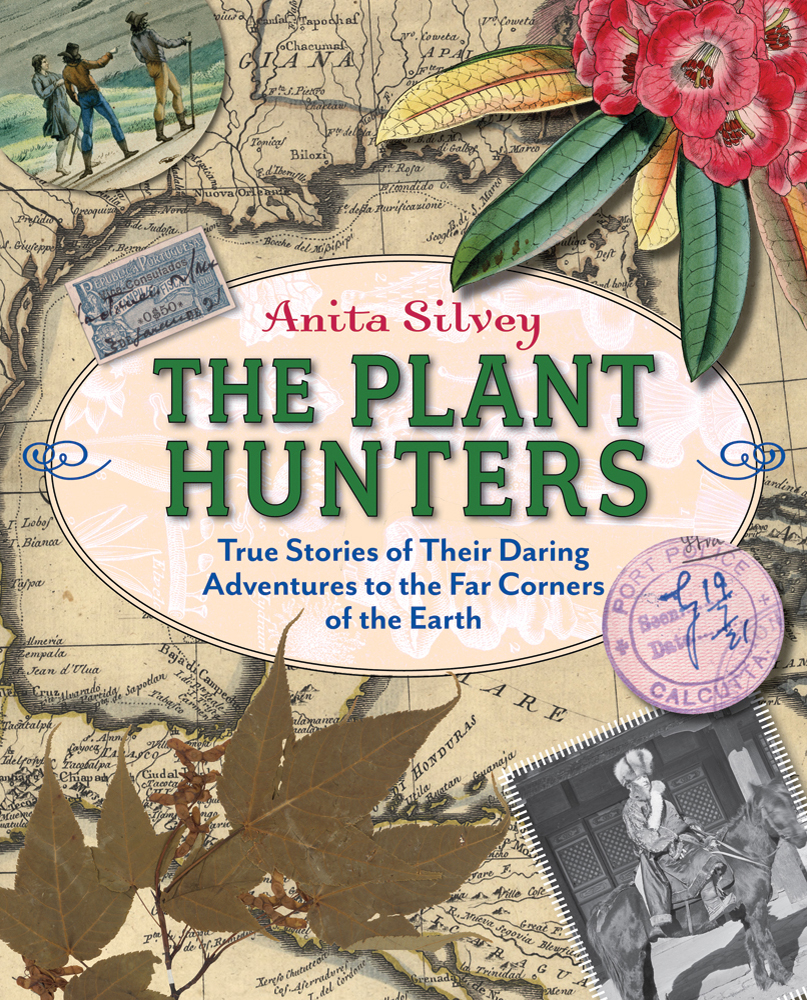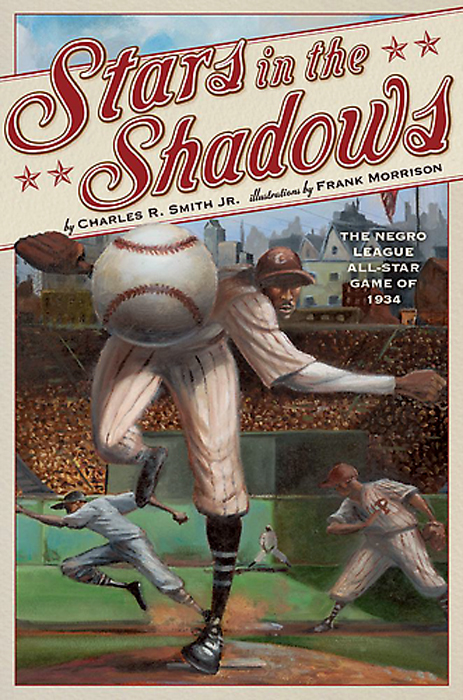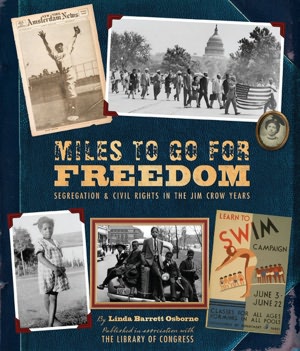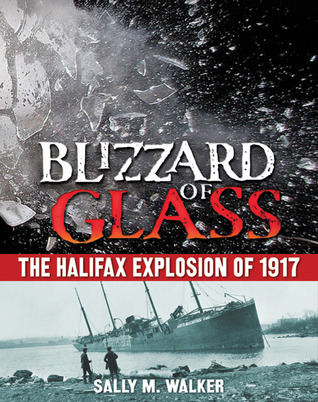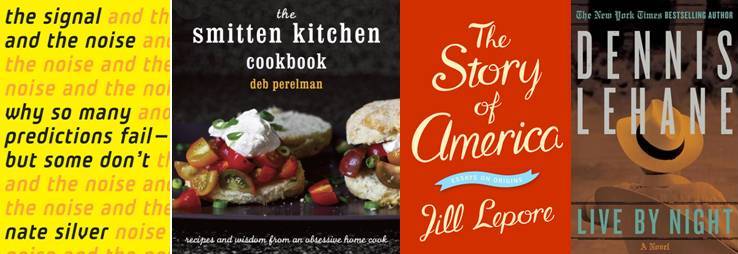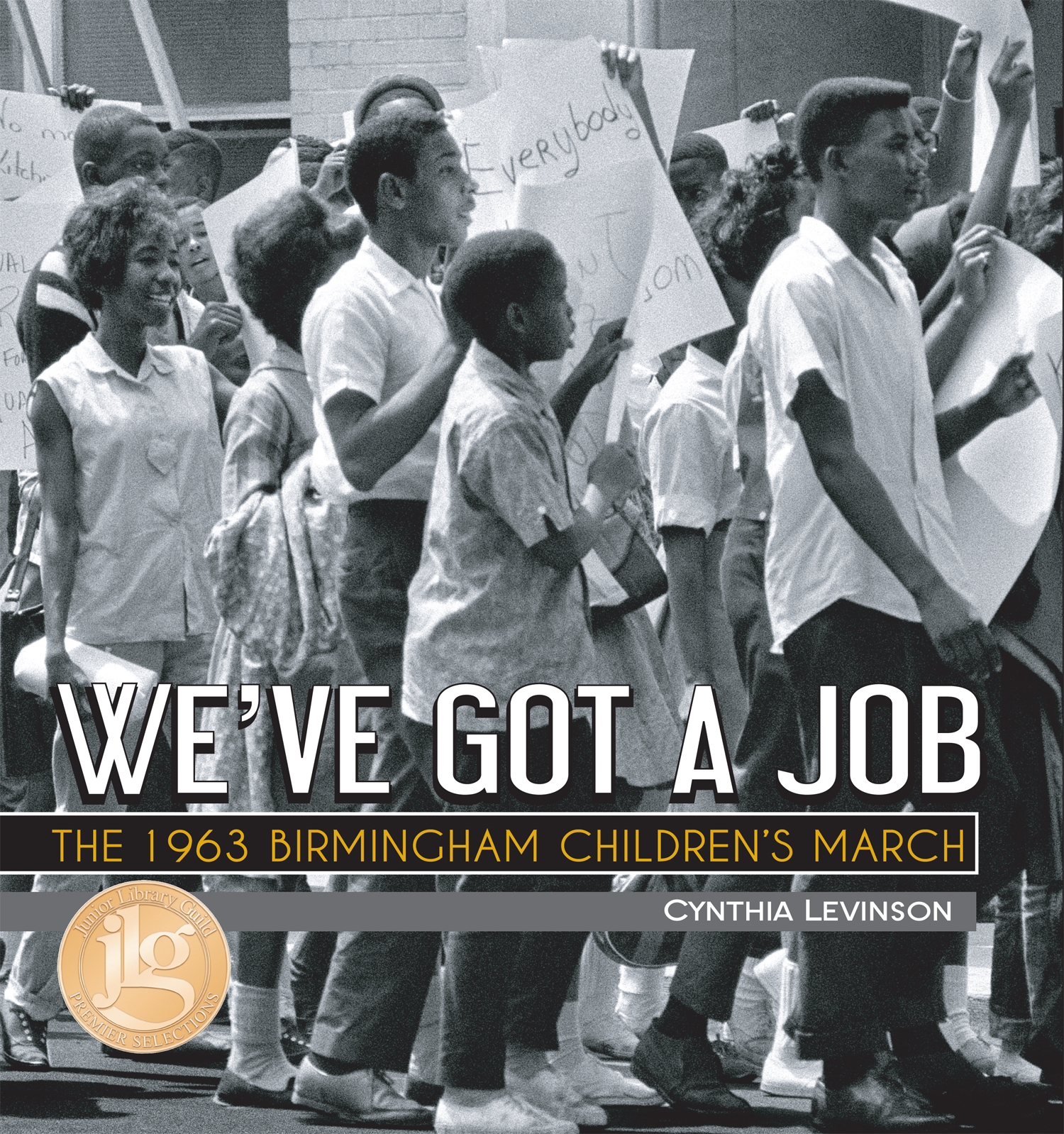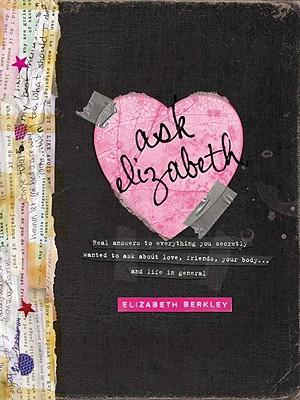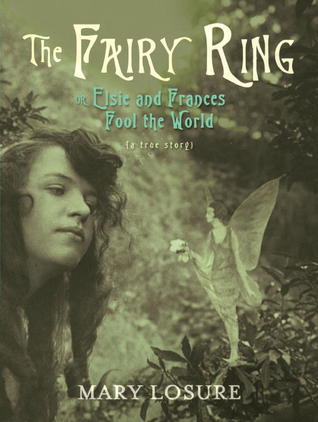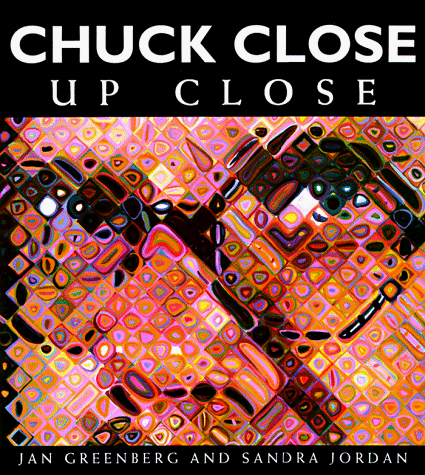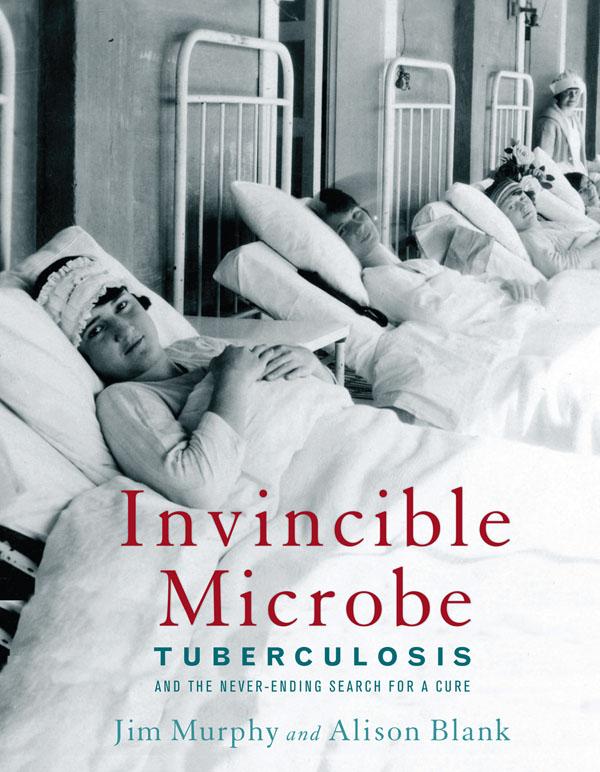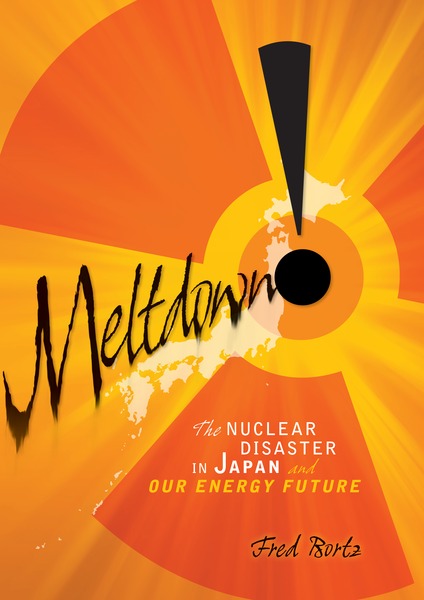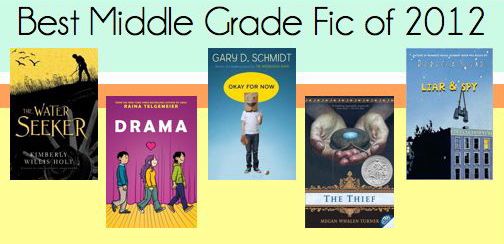
Born in 1883 and raised by his aunt and uncle, Amos Kincaid is nearly a young man before his father – a transient trapper – returns for his son. Adjusting to sleeping out of doors, a father he doesn’t know, and the hard labor and hard realities of life in the late 19th century is hard enough for schoolboy Amos, but he is haunted, too; by his beloved aunt’s violent death, an unexplained, somewhat scary ability to find water, and maybe by the actual ghost of his mother, a spirited, independent woman who died too young in childbirth. Oh, and then by the way Amos? Let’s go on the Oregon Trail!
As mentioned, I am not typically a historical fiction reader. However, this book came into my life in that strange time when I ran out of This American Life podcasts but before I discovered many others. I consulted The List of Important Audiobooks and this was all I could get from the library. So I tried it out, and just like so many This American Life’s before it, the storytelling, the careful description, the quiet, unrolling tension reeled me in. I especially appreciated how Holt blends history with mysticism in a way that makes you feel like maybe dowsing, nature spirits, ghosts? Maybe it all just used to exist and it died out, and while history as history might be boring, but history as magic? That I can get behind. Apparently.
Drama by Raina Telgemeier
It is true that I will probably love anything that Ms. Telgemeier decides to commit to paper. First of all, I am partial to realistic graphic novels, those that do not include superheroes or supervillians or superanything. I am a bit biased. I also love Telgemeier’s style, all bright colors and thick black outlining.
Throw middle school romance, accidentally dating boys who are gay, and theater? Hook, line, sinker.
Longer review here!
Everyone said omgWednesdayWars! So read Wednesday Wars and I didn’t think Wednesday Wars was the Most Amazing Book Ever, so when everyone said omgOkayForNow I said eh.
But then I recovered from previously stated podcast obsession and wanted another audiobook and well, this one was on the list. And maybe we are talking about the healing powers of audio, but I found Okay for Now to be completely, 100% endearing. Doug Swieteck has just moved to stupid Marysville, Pennsylvania where life is becoming increasingly unbearable. Life at home is bad, life at school is bad, his brother is in Vietnam… ugh. Slowly and against his better judgement, Doug starts to settle in, and his perception of himself, his famiyl, his future, and his town completely, 100% changes.
But I am making this book sound boring and moral and blah (which is kind of how I found Wednesday Wars). Yes, there is a lot of moralizing here, and plenty of EDUCATION IS THE KEY TO YOUR FUTURE! posturing (and a kindly librarian, natch), but there is so much plot silliness that I forgot about the rest. Doug babysits for an oversized brood of children, delivers ice cream to a reclusive, crotchety Broadway playwright on the weekends for pocket change, and hides a signed baseball jacket, and convinces the cute spitfire who hates his guts to be his girlfriend. Maybe in print these plots would be spiraling, but again, the Healing Powers of Audio.
Also, Doug spends a lot of time drawing pictures of birds and figuring out what happened to some original Audobon drawings, which, for some reason, allures me. So sue me. Or blame Mr. Hoose.
The Thief by Megan Whalen Turner
Sometimes your friends all grew up reading fantasy. Sometimes they all read the same series of books and melt into puddles whenever it comes up in conversation. Sometimes you see the author of said series give a speech that both lights you on fire and infuriates a number of other librarians… and you still wait another two years to read it.
And then, surprise surprise! You like it!
Gen is a boy, a thief, who talked a big game in the local mead house and landed himself in the King’s prison. Before he can figure out how to escape from jail, Gen is called into the king’s chambers – they need him for an unnamed task in an unnamed location. The caravan, headed by the King’s wizard, leaves tomorrow. Even though Gen is still a prisoner, he milks his position as Required Talent for some kind of unknown heist, but in the end, he has no clue what is going on… or does he? Or doesn’t he? Or does he? Aasfdkan23RAf who knows?!?
First of all, Gen is adorable. He’s smart, he’s clever, he’s cocky, he’s also probably 14-years-old. You want to say “awwww what a sweet little kid,” but then he also might betray you and everyone in your family. He’s a keeper of a protagonist.
Also, Turner knows how to build a world that doesn’t make it feel like a world is being built, and craft a traditional high fantasy that feels nontraditional, feels fresh. A traditional high fantasy that fantasy haters can enjoy. That’s saying a lot!
Also, I spent money on the sequel, which given my stinginess and extreme glut of books on my shelves… is probably saying even more.
I have expressed my fangirl-dom already… you can read my gushings and glowings here.
But what sticks with me, months after reading, is this: yes, Liar & Spy is fairly quiet realistic fiction about a young-ish kid going through a tough time. This is stuff that has been written about time and time again for young-ish people. But what makes Liar & Spy rise above the rest? Stead understands emotion and understands story, and understands how to craft a story that carries that emotion AND stirs up your primitive love of a good story. I spent half of this book wondering what was really going on in Georges’s life and the other half biting my nails, fearing what might be really going on in Georges’s life. That is skill. That is what makes a powerhouse.



